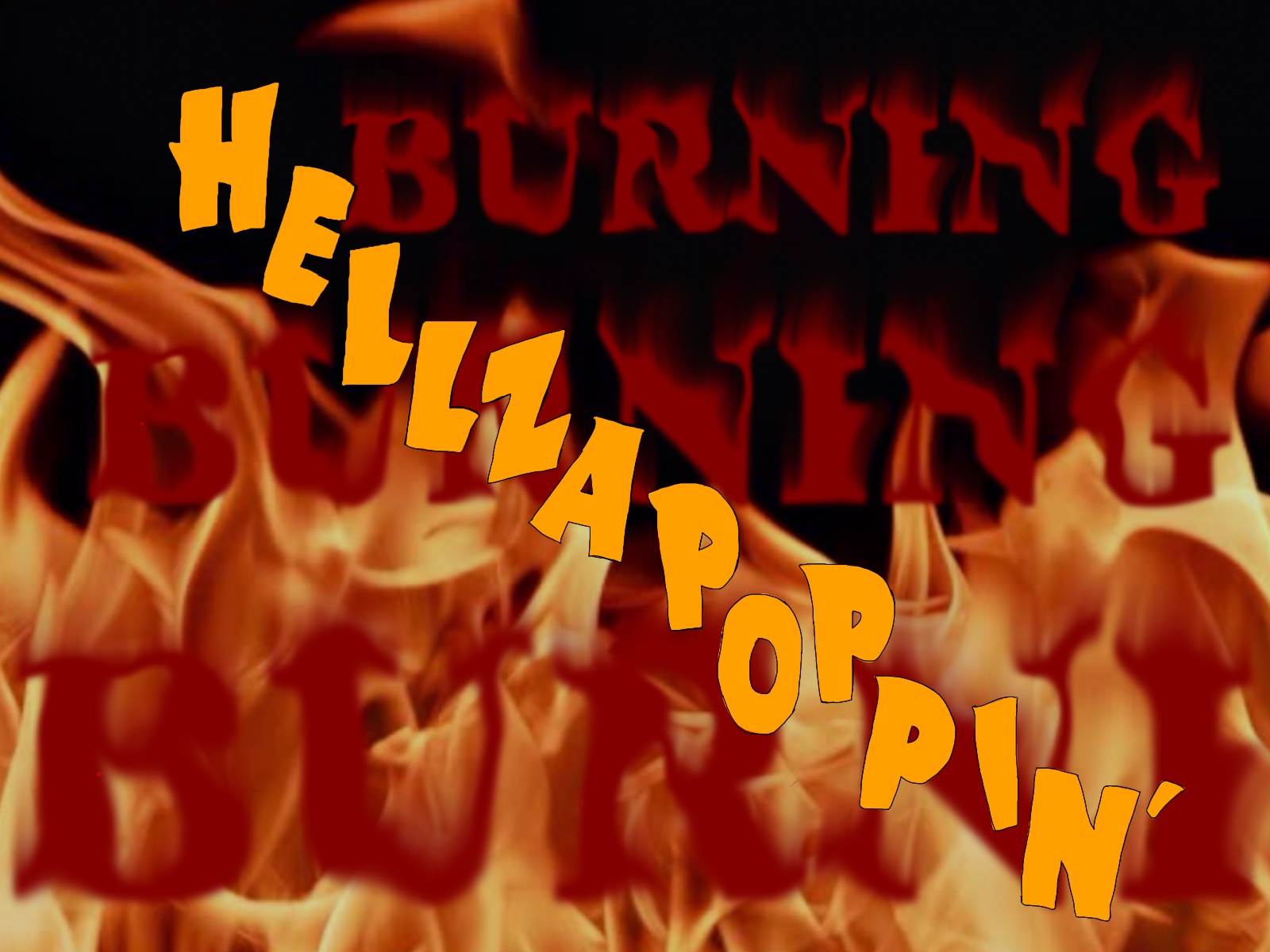
[Warning – actual film stock was destroyed in the “making” of this post. I didn’t do it. I was just a witness. Please don’t do this at home.]
This all took place on a Saturday morning. I was not scheduled to work at the Fifth Avenue theater (not the matinee anyway). We had some time set aside to shoot some film. We had a script and some actors on call (all friends connected to the UA Cinemas).
My friend Pat and I drove out to Walt Coy’s house to pick up the Auricon camera and his camera dolly/crane. Walt brought us into his shop where he stored his equipment. He pulled them out from their places, and ran over what we needed to know to use them. And though the Auricon could record sound, he advised us to use his Nagra recorder instead. It had a pulse that synched with the camera. Somehow we got on to the topic of nitrate film. Probably, he had asked us what kind of stock we planned to use for the day. We told him, but all I can remember now was that it was black and white. Any other details such as ASA, etc., I do not recall.
Keying off of this discussion, Walt treated us to a “science experiment.” He pulled out a big white five gallon bucket and filled it with water. He rummaged around and came up with a spool of film – a little bigger than the size of your fist. He told us it was some footage from the film “Hellzapoppin.’” (This was was an Olsen and Johnson musical comedy from 1941. I surmise that he had played it at one of his theaters back in the day, needed a replacement reel, and kept the damaged one).
He held onto one end and let the rest unspool into the bucket. The bulk of the coil hit the bottom of the bucket and sat there. Walt took out a lighter, struck it, and set the flame to the end in his hand. We watched in amazement as that film end burst into flames. It looked like a burning fuse, the kind you see in old WB cartoons or movie serials. And raced down the length still exposed to the air.
The flame reached the surface of the water, and rather than being extinguished, actually seemed to speed up, following the ribbon of film and continuing to burn under water. It was eery seeing those white hot flames under water like that. Soon it hit the ball of film at the bottom and the flames flared in intensity. There were so many bubbles coming up that it looked to be boiling.
“The thing about nitrate film is,” Walt explained, “it creates its own oxygen in the very act of combustion.” He then went on to regale us with horror stories about projectionists dying in projection booth fires. Of note was a local example. The projectionist in this case, he told us, was suicidal. He unspooled every stitch of nitrate film onto the booth floor. He then got out a cigar, struck a match, lit the cigar and dropped the flaming stick into the mass. The resultant conflagration triggered the safety mechanisms that sealed the booth, automatically entombing him.
Oh, yes, I now recall one other thing about our film stock. It was “safety” film.

